Formula E: New timeline for electric car battery June 02 2015, 1 Comment
 Unveiling a new Formula E electric race-car in Frankfurt
Unveiling a new Formula E electric race-car in Frankfurt
Postponing Formula E’s electric car batteries
The original Formula E William’s battery needs to change, and some claim it is no longer desirable because of its high costs. The races have to be profitable and thus the price of batteries (one of the most expensive components in any electric vehicle) is being looked at very closely. The problem is that developing a completely new battery will cost millions or tens of millions of dollars and will take time as the whole industry must mature.
Possible rescheduling for a better battery
The battery competition section of the Formula E races is under consideration to be delayed until 2018 or 2019. The reasoning follows, as the old battery is not good enough to really kick-start the concept. The new battery needs to be a whole new generation of cell, one that can deliver more power and for a longer time.
The next evolution can’t just be good, it has to be a leap ahead of the current tech. The proposal to delay the match until a better battery is decided will have to be agreed on by all teams.

Formula E Williams electric car battery
The Williams electric battery
Williams Advanced Engineering has been closely aligned with racing for decades and produces more parts for the F1 cars than any other group. They are now manufacturing the batteries for the FIA Formula E championship. They will have to deliver cutting-edge lithium-ion batteries to forty vehicles, with very tight restrictions, all in record time.
Technical highlights (Mandated by the FIA and Spark Racing Tech.)
- 200 kg cell weight limit
- 1000 V max. bus
- 200 kW peak power limit
- 28 kWh maximum usable energy
As well the electric car battery has these constraints
- Total consistency between teams
- Battery must last the whole season without decreased performance
- Goal to showcase the evolution of new battery technology for electric cars
- First battery to get an FIA crash test rating
- Need to get UN regulation 38.3 safe air transport for lithium-ion batteries certification. This is especially limiting to manufacturers wanting to do quick iterations on rechargeable battery pack designs. Any slight modification to the lithium battery pack design, or even just upgrading the individual cells requires a new license which takes time and costs upwards of $30,000.
Key technical challenges
- Very precise dimensions for battery box
- Giving the batteries adequate temperature control (the Williams Advanced Engineering team used a newly patented liquid cooling system with an electrical isolation layer technology built directly into the battery casing).

Soichiro Honda
Racing improves the breed
I’m not sure who said this first, but it is often attributed to Soichiro Honda, the Japanese engineer that started Honda more than half a century ago. What does this adage mean and what does it have to do with Formula E? The notion here is that by selecting for the best, and by using competition to make it better, the improvements incurred will drip down into the whole system.
So racing and the Formula E is not just exciting to watch as a bystander. It’s also an important part of the evolutive system that electric cars are part of of. Racing is, and always will be pushing at the boundaries of knowledge and technology.
KERS
This was evident when the Formula 1 started using KERS or the Kinetic Energy Recovery System. It recovers kinetic energy that would otherwise be lost as heat to the automobile through the braking system. The newer ERS system uses two motor generator units, an energy store, and control electronics.
The first motor generator is called the MGU-K, which converts kinetic energy under braking into electricity. The energy goes into the “Energy Store” which is comprised of lithium-ion batteries. The second motor generator called the MGU-H, centers around heat, specifically the heat created by gases in the exhaust. The heat is converted into electricity and also stored in the same li-ion batteries.
The Team behind the Formula E battery believe electric car batteries need to improve these characteristics the most:
- Energy density (more energy for the same weight)
- Charging times
- Increased cycle life

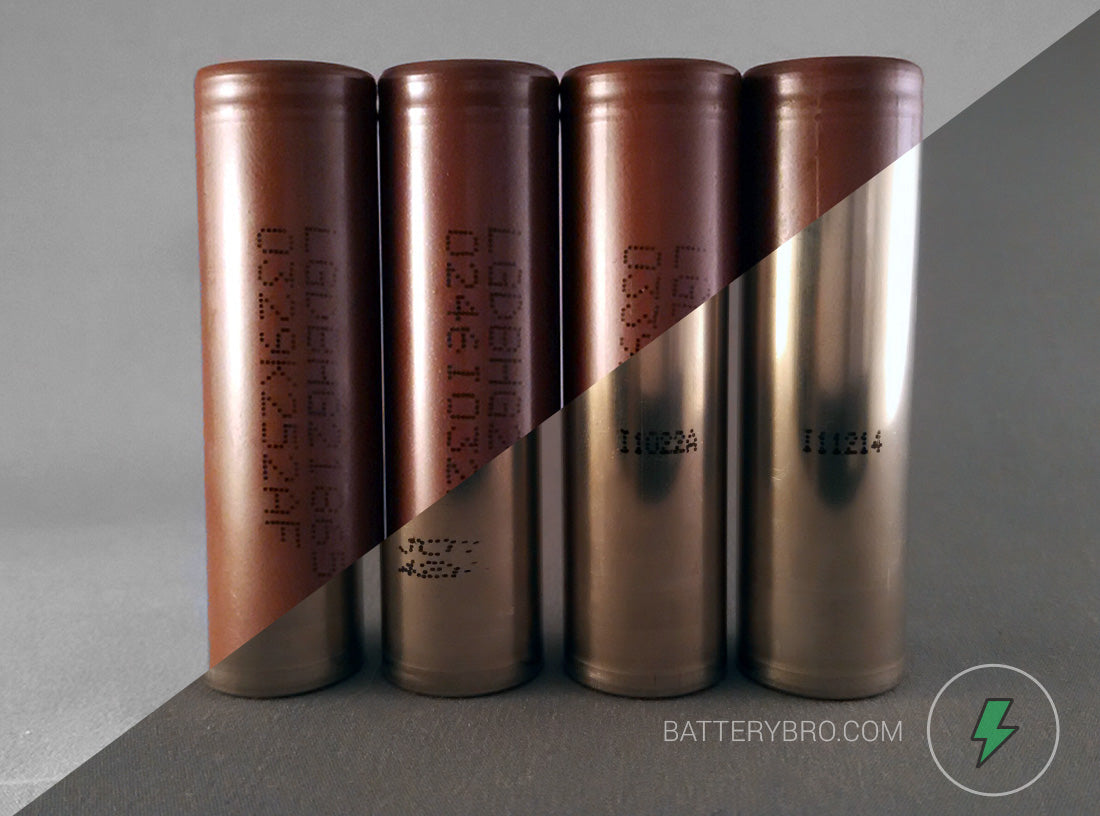
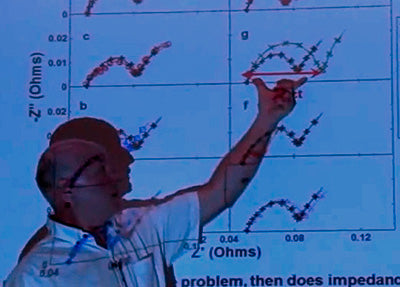
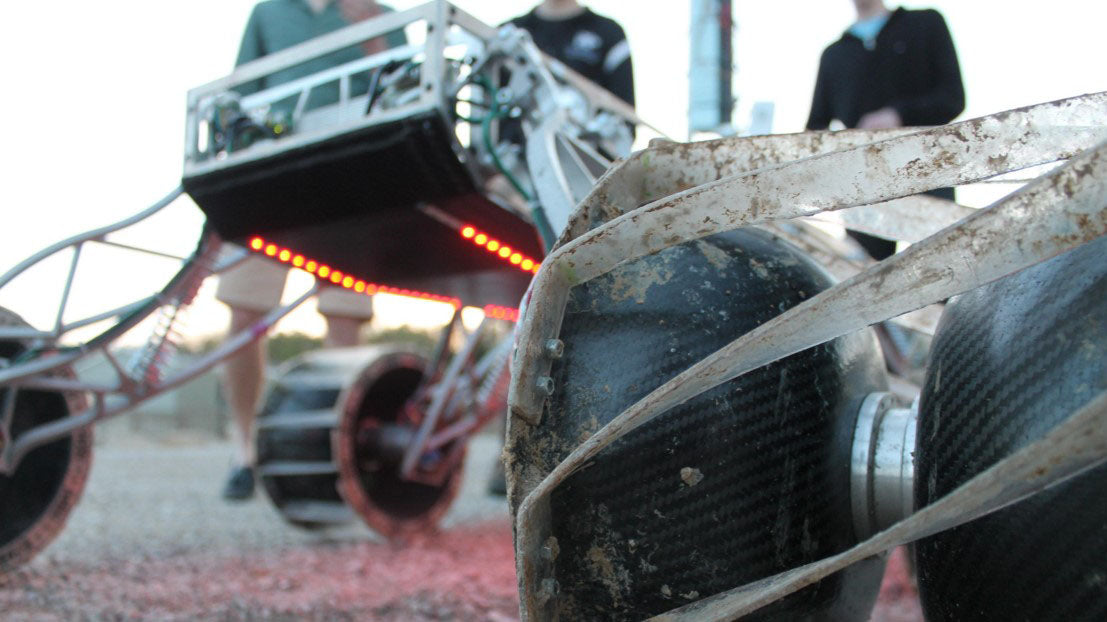


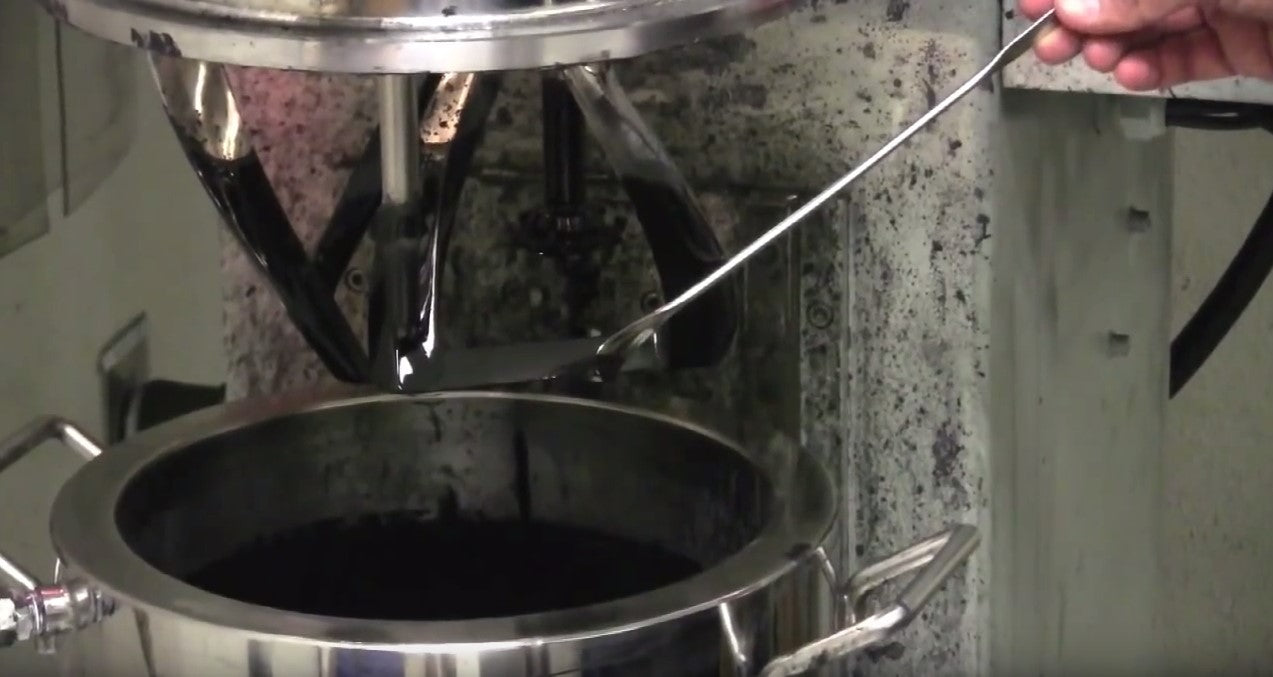
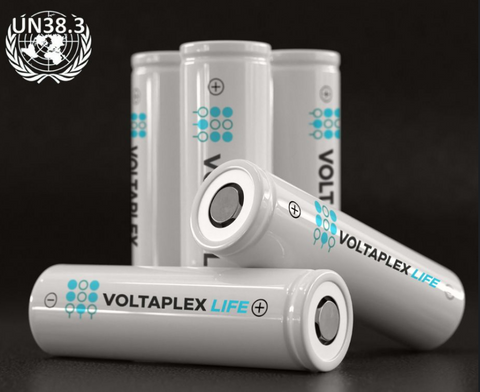
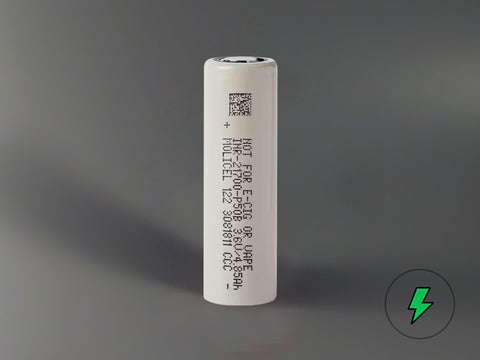
Comments
Justin Evans on July 27 2017 at 01:55PM
I’ve invented the battery they need. My utility patent was filed 4 months ago. I’ve invented a technology that makes large-scale batteries inexpensive to assemble, safe, serviceable (you can remove the individual cells) and self-healing. It uses 18650 cells. We’re debuting a smaller 60-cell version of our technology with our new product. https://www.anthemone.com